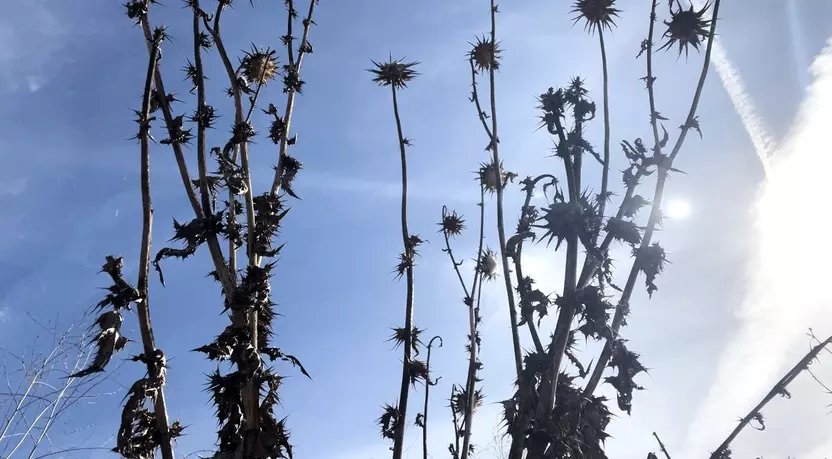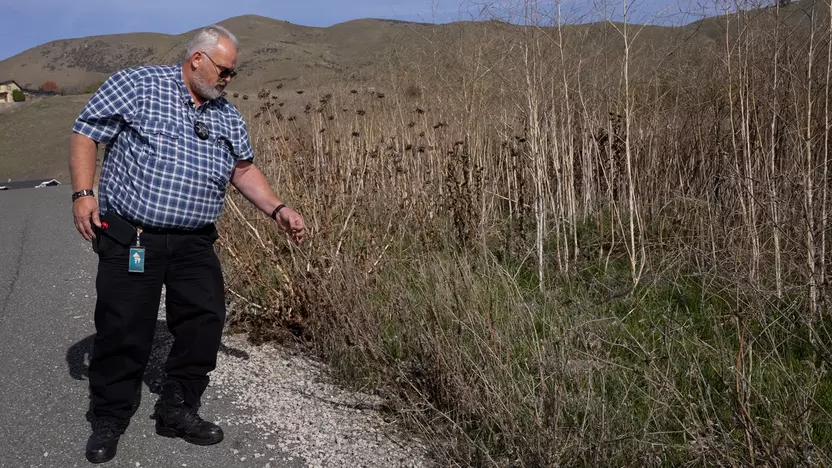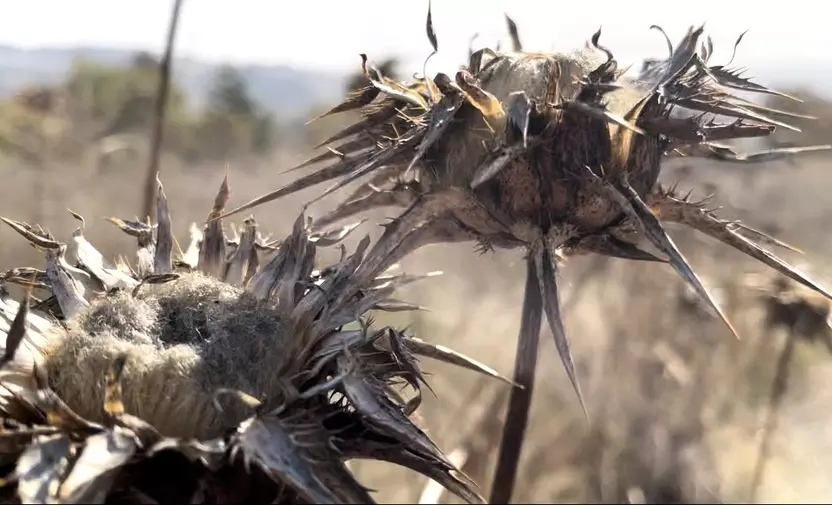Weed Abatement Program Protects Santa Clara County from Catastrophic Wildfires
SANTA CLARA COUNTY, CALIF. — Northern California got a much-needed break in 2023 from the wildfires that have ravaged the state in recent years, thanks in large part to the unusually wet winter of 2022-23.
This year, residents and fire officials are hoping that another rainy winter will reduce the number and intensity of wildfires once again.
But fire prevention isn't something we just leave up to Mother Nature.
Santa Clara County property owners play an important role in preventing wildfires from starting or spreading in the South Bay.

Every year, beginning in March, property owners throughout the county are required to maintain the vegetation on their properties in such a way as to prevent the spread of wildfires that threaten people, property and the environment.
The regulations are enforced by the County of Santa Clara Weed Abatement Program, which mandates that property owners reduce fire hazards created by excess vegetation and combustible debris. The program is one of the most important ways the County protects against the devastating wildfires that have destroyed California communities, such as the rural town of Paradise, over the past two decades.
The regulations take effect at different times of year depending on where you live. Inspection season has begun in the cities of Campbell, Los Gatos, Milpitas, Monte Sereno, San José, the city of Santa Clara, and unincorporated Santa Clara County. It will take effect from now through May 15 in Cupertino, Gilroy, Morgan Hill, Palo Alto and the Los Altos Hills County Fire District. The rules remain in place throughout fire season, which generally ends in October.

“The Weed Abatement Program is a critical part of the County’s strategy to prevent the start and spread of wildfires,” said Edgar Nolasco, director of the County’s Consumer and Environmental Protection Agency, which oversees the Weed Abatement Program. “By removing fire hazards from your property, you can prevent grass fires from spreading into developed areas, where they threaten homes and families.”
Under the program, property owners must prevent grass and weeds from exceeding 6 inches in length, keep roadways clear of overgrown vegetation, and protect structures from combustible materials, among other requirements. The rules do not apply to ornamental vegetation like roses and hedges.
Keeping vegetation and other hazards in check creates buffer zones that can slow or stop the spread of fire. Eliminating fuel for wildfires is especially important for rural property owners who live on the “wildland-urban interface,” where human development ends and open space begins.
Santa Clara County is one of a handful of counties in California, including Orange and Los Angeles counties, with a standalone weed abatement program. In other areas, responsibility for weed abatement lies with the fire department.
Having a dedicated program ensures that weed abatement gets the attention it deserves. The County’s program is managed by a team of three employees who inspect more than 2,000 properties a year. The program is funded through fees incurred by people who fail to maintain their properties in a fire-safe manner.
The goal of the program, however, is voluntary compliance. Program staff would prefer to educate property owners than compel them to cut their grass or remove wood piles and other flammable debris.
“The most important thing is we want you to maintain your property in a fire-safe condition,” said Moe Kumre, manager of the program. “It protects you; it protects your neighbors; it protects your community. We don’t want to come out and cut anybody’s grass, but we will if that’s what it takes to keep our community safe.”

Properties that do not meet compliance wind up in the Weed Abatement Program based upon visual inspections by program staff, who conduct their assessments from public rights of way. Once in the program, property owners must demonstrate that their properties meet minimum fire safety standards for three years. Property owners are responsible for the costs of all weed abatement work.
Inspection season for the Weed Abatement Program phases in gradually throughout Santa Clara County:
- March 1 – San José, Santa Clara and Campbell
- April 1 – Unincorporated Santa Clara County and Milpitas
- April 15 – Los Gatos and Monte Sereno
- April 30 – Cupertino, Palo Alto and the Los Altos Hills County Fire District
- May 1 – Morgan Hill
- May 15 – Gilroy
Climate change has caused a spike in the number and severity of catastrophic wildfires, with California spending most of the past two decades in a state of drought. Fifteen of the 20 most destructive wildfires in California history, including the Tubbs Fire, which ravaged suburban neighborhoods in Santa Rosa, have occurred since 2015, according to Cal Fire.
To learn more about the Weed Abatement Program, property owners can visit the program’s webpage or read the program’s informational brochure. Anyone with questions about the requirements of the program and how it works is invited to call staff at (408) 282-3145.